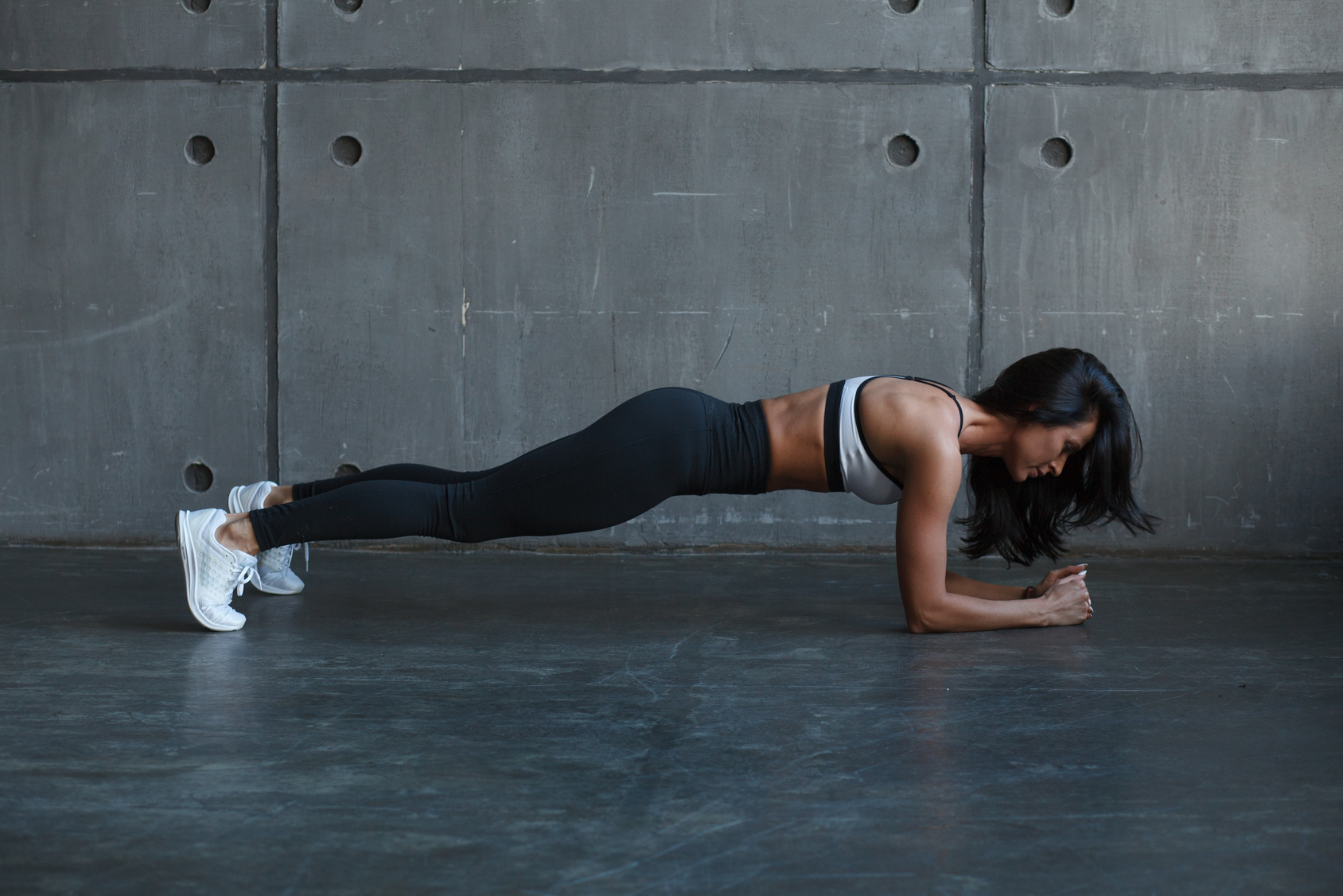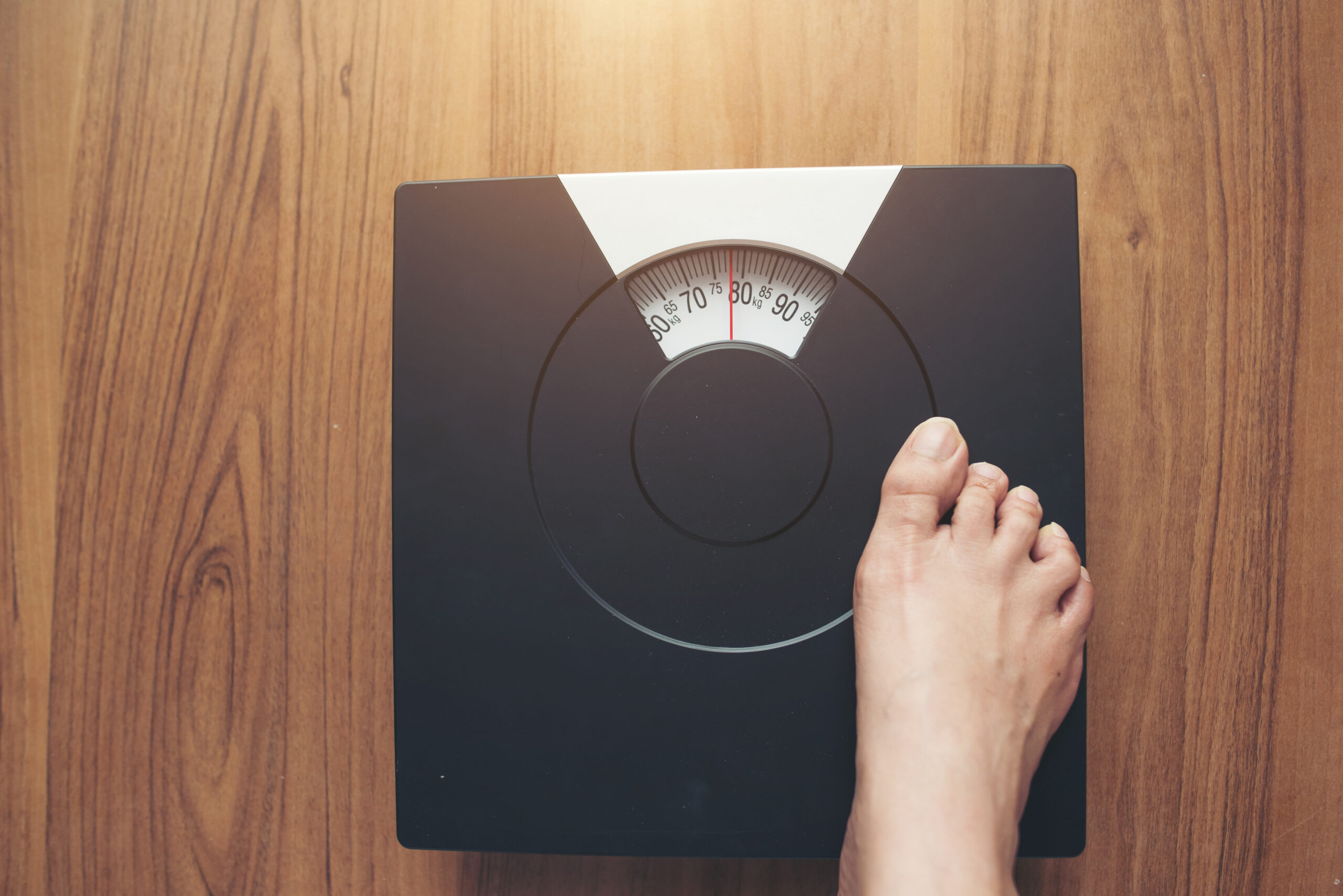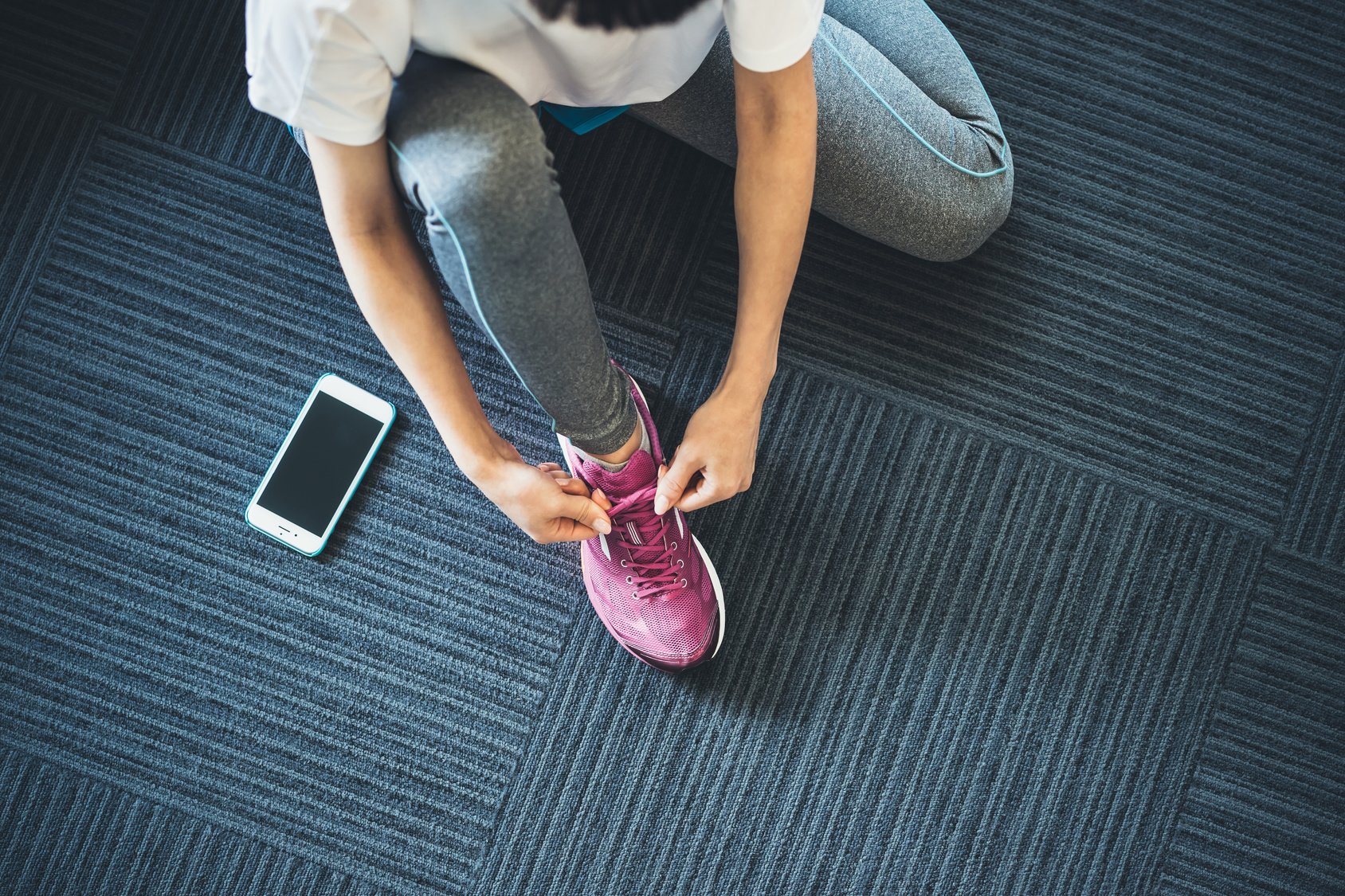Ready to supercharge your running game with BCAAs?
Runners, listen up! If you’re on the hunt for that extra edge in performance and recovery, those three magic letters—BCAAs—might just be what you need.
In this article, we’re not only going to unravel the mysteries of BCAAs but also explore how they can benefit you as a runner.
Curious? Let’s dive in and give your running journey a boost
What Is BCCA?
You may have heard these three-letter wonders mentioned in the fitness world, and yes, they’re closely related to protein. But let’s break it down.
Protein, the mighty macronutrient, is like the building blocks of your body. It’s not just about bulking up muscles; it’s everywhere! From your skin to your bones, hair to every tissue you can think of.
Now, protein itself is a team of 21 amino acids. These include heavy hitters like Valine, Leucine, Arginine, and more. Each of them plays a unique role in your body’s grand scheme.
But here’s the twist: nine of these amino acids are essential. Your body can’t whip them up on its own, so you gotta get ’em from your diet. These essential amino acids are like VIPs:
- Isoleucine
- Valine
- Lysine
- Methionine
- Histidine
- Tryptophan
- Leucine
- Phenylalanine
- Threonine
Branched Amino Acids
BCAA stands for “Branched-Chain Amino Acids,” and they are indeed a group of essential amino acids crucial for various aspects of health and fitness. Let’s break down the essentials:
More specifically, BCAAs consist of three essential amino acids, each with its unique contribution to muscle health and overall well-being. These amino acids are:
- Valine
- Leucine
- Isoleucine
Why the Name “Branched-Chain”?
The name “branched chain” refers to the molecular structure of these amino acids, which includes a branching side chain. This unique structure sets BCAAs apart from other amino acids.
Benefits of BCAAs
BCAAs offer a range of benefits, including:
- Reducing muscle soreness
- Promoting muscle growth
- Enhancing hormone function
- Supporting exercise recovery
- Aiding in protein synthesis
The Star Player: Leucine
Leucine is considered the most critical amino acid among the BCAAs. It plays a significant role in promoting muscle protein synthesis, making it especially important for athletes and fitness enthusiasts.
Why BCCAs Are Unique
Branched-Chain Amino Acids (BCAAs) have garnered attention in the fitness world for their unique characteristics, including their ability to provide rapid energy during exercise. Here’s what makes BCAAs stand out:
Muscle Fuel
BCAAs have a remarkable capability to be oxidized (broken down) directly within muscle tissue for energy. This is a crucial advantage because they can be swiftly utilized by the muscles without having to go through the liver for initial processing. This translates to quick energy delivery right where it’s needed.
Fast Delivery
Because BCAAs can skip the liver’s metabolic processes, they reach the muscles rapidly. This fast delivery of amino acids can have a noticeable impact on energy levels and performance during exercise.
Enhanced Energy
Research has indeed shown that taking BCAAs can enhance overall energy levels during aerobic activities. Some studies have reported improvements of up to 10 percent in total energy output when BCAAs are incorporated into an athlete’s regimen.
Let me dive more into some of the benefits.
How BCCAs Help Runners?
People consume BCCAs for a wide range of reasons. Some of the most common benefits of BCCAs for runners include:
Improved muscle growth
One of the primary benefits of BCAA intake is their capacity to enhance muscle growth. This effect is primarily attributed to a specific amino acid within BCAAs: leucine. Let’s dive into how leucine and BCAAs contribute to improved muscle growth:
Leucine’s Key Role
Leucine plays a pivotal role in the muscle growth process. It acts as a key regulator by activating signaling pathways in the body that stimulate protein synthesis. This activation sets in motion the production of more protein, which is essential for tissue repair and muscle growth.
Evidence-Based Benefits
Research studies have provided substantial evidence supporting the muscle-building effects of BCAAs, particularly leucine. Here are a couple of noteworthy findings:
- A study reported that consuming BCAAs, as opposed to water, resulted in a remarkable 22 percent increase in muscle protein synthesis. This demonstrates the ability of BCAAs to enhance the body’s recovery and repair processes after muscle damage.
- A 2014 review indicated that BCAA supplements, particularly those with ample leucine content, have the potential to increase muscle mass. This improvement in muscle mass can contribute to enhanced body composition, which is a significant goal for many fitness enthusiasts.
Decrease Muscle Soreness
Muscle soreness, often referred to as delayed onset muscle soreness (DOMS), is a common sensation experienced by runners and athletes after intense training. It’s typically associated with tiny muscle tears that occur during rigorous exercise.
Here’s how BCAAs can play a role in decreasing muscle soreness and expediting recovery:
Muscle Protection and Repair
BCAAs can be valuable in limiting the rate of muscle breakdown and accelerating the rate of muscle repair. This dual action can aid in reducing the severity and duration of muscle soreness. Furthermore, some experts suggest that BCAAs may assist in managing cortisol, the stress hormone, which has the potential to contribute to muscle breakdown.
Evidence-Based Support
Numerous research studies have explored the effects of BCAAs on muscle soreness and recovery.
Here are a few noteworthy findings:
- One study discovered that supplementing with BCAAs resulted in decreased muscle soreness following an intense session when compared to a placebo.
- Research published in the Journal of the International Society of Sports Nutrition suggested that consuming an appropriate amount of BCAAs can be effective in reducing delayed onset muscle soreness.
- Another study reported that individuals supplementing with BCAAs experienced a significant reduction in soreness levels, with up to a 33 percent decrease compared to those given a placebo.
It’s important to note that BCAAs have been widely utilized to enhance recovery in various contexts, including musculoskeletal injuries and surgical procedures. In these scenarios, swift tissue repair and healing are crucial for optimal outcomes
Reduce Fatigue
Fatigue can be a significant hurdle for athletes and runners during exercise, particularly for those engaged in long-distance training. Here’s how BCAAs can play a role in reducing fatigue and enhancing endurance:
Inhibiting Serotonin Production
High levels of BCAAs may interfere with the entry of tryptophan into the brain. Tryptophan is a precursor to serotonin, a neurotransmitter associated with feelings of fatigue during exercise. By limiting tryptophan’s access to the brain, BCAAs can potentially reduce the sensation of fatigue.
Supporting Evidence
Research has provided some support for these fatigue-reducing effects of BCAAs:
A small study involving college-age males found that those who consumed 20 grams of BCAAs before a workout exhibited lower levels of serotonin post-exercise compared to those given a placebo.
By incorporating BCAAs into your pre- and intra-workout nutrition, you may be able to better preserve your glycogen stores, efficiently allocate energy to your muscles, and hinder the production of fatigue-inducing neurotransmitters. This could be especially beneficial for athletes engaged in prolonged training and endurance activities.
BCAAs and Weight Loss
If you’re aiming to shed excess body fat, BCAAs (Branched-Chain Amino Acids) could be a valuable addition to your nutrition and workout regimen. Here’s how BCAAs may contribute to improved weight loss:
Increased Muscle Mass
BCAAs are known for their ability to support muscle growth and maintenance. As you build more muscle, your body’s metabolic rate increases. Muscle tissue requires more energy (calories) to maintain than fat tissue, which means having more muscle can boost your daily calorie expenditure. This can be advantageous for weight loss, as it creates a scenario where you burn more calories throughout the day.
Enhanced Fat Loss
The combination of increased muscle mass and improved fat loss can lead to more effective weight management. While strength training is a proven method for accelerating fat loss, BCAAs can help optimize your muscle-building efforts during workouts.
A study found that participants who consumed 14 grams of BCAAs per day experienced a 1% reduction in body fat and gained an additional 4.4 pounds of muscle compared to those who took whey protein. It’s important to note that dietary habits can significantly influence these results.
For more on the benefits of BCCA for athletes, check the following resources:
- The Effects of BCAAs on Insulin Resistance in Athletes
- Oral Branched-Chain Amino Acids Supplementation in Athletes
- Association of Genetically Predicted BCAA Levels with Muscle Fiber Size in Athletes Consuming Protein
- The efficiency of branched chain aminoacids (BCAA) in the nutrition of combat sport athletes
- The Ameliorating Effect of Branched-chain Amino Acids Ingestion on Different Types of Muscle Soreness after Swimming and Full-marathon Running
Will BCAA Make You A Faster Runner?
The relationship between BCAAs (Branched-Chain Amino Acids) and running speed is a topic that has garnered some attention in the fitness and endurance sports communities. While BCAAs are known for their role in muscle recovery and growth, can they actually make you a faster runner?
The Research is Inconclusive
To date, research on the direct impact of BCAAs on running speed remains inconclusive. There have been mixed findings, and several factors come into play.
Ultra-Marathon Study
In one study conducted during a 100K ultra-marathon, participants who were given BCAAs did not show significant improvements in finish times compared to those who received a placebo. This suggests that BCAAs may not enhance running speed in ultra-endurance events.
Sprint Power Study
On the other hand, a different study reported that supplementing with BCAAs for ten weeks resulted in a 19% increase in all-out sprint power and a 4% increase in power relative to body mass. This finding suggests that BCAAs may have the potential to enhance sprinting performance.
The Complexity of Running Performance
Running speed is influenced by various factors, including aerobic fitness, anaerobic capacity, endurance, and technique. BCAAs primarily play a role in muscle recovery, protein synthesis, and reducing muscle soreness. Their impact on running speed may be more significant in short bursts of high-intensity sprinting rather than long-distance endurance running.
Individual Variability
It’s important to recognize that individual responses to BCAAs may vary. Some runners may find that BCAAs help improve their sprinting abilities, while others may not experience the same benefits. The effectiveness of BCAAs can be influenced by factors such as training status, diet, and overall workout routine.
The Side Effects of BCCAs
The relationship between BCAAs (Branched-Chain Amino Acids) and running speed is a topic that has garnered some attention in the fitness and endurance sports communities. While BCAAs are known for their role in muscle recovery and growth, can they actually make you a faster runner?
The Research is Inconclusive
To date, research on the direct impact of BCAAs on running speed remains inconclusive. There have been mixed findings, and several factors come into play.
Case 1: Ultra-Marathon Study
In one study conducted during a 100K ultra-marathon, participants who were given BCAAs did not show significant improvements in finish times compared to those who received a placebo. This suggests that BCAAs may not enhance running speed in ultra-endurance events.
Case 2: Sprint Power Study
On the other hand, a different study reported that supplementing with BCAAs for ten weeks resulted in a 19% increase in all-out sprint power and a 4% increase in power relative to body mass. This finding suggests that BCAAs may have the potential to enhance sprinting performance.
The Complexity of Running Performance
Running speed is influenced by various factors, including aerobic fitness, anaerobic capacity, endurance, and technique. BCAAs primarily play a role in muscle recovery, protein synthesis, and reducing muscle soreness. Their impact on running speed may be more significant in short bursts of high-intensity sprinting rather than long-distance endurance running.
Individual Variability
It’s important to recognize that individual responses to BCAAs may vary. Some runners may find that BCAAs help improve their sprinting abilities, while others may not experience the same benefits. The effectiveness of BCAAs can be influenced by factors such as training status, diet, and overall workout routine.
BCCAs For Runners – The Conclusion
As you can tell, BCCAs are not just helpful for strength buffs but runners as well, as they can help improve your performance.
The stuff has the ability to help improve your energy output and reduce fatigue during training, aid in muscle growth, speed up recovery—and so much more.














